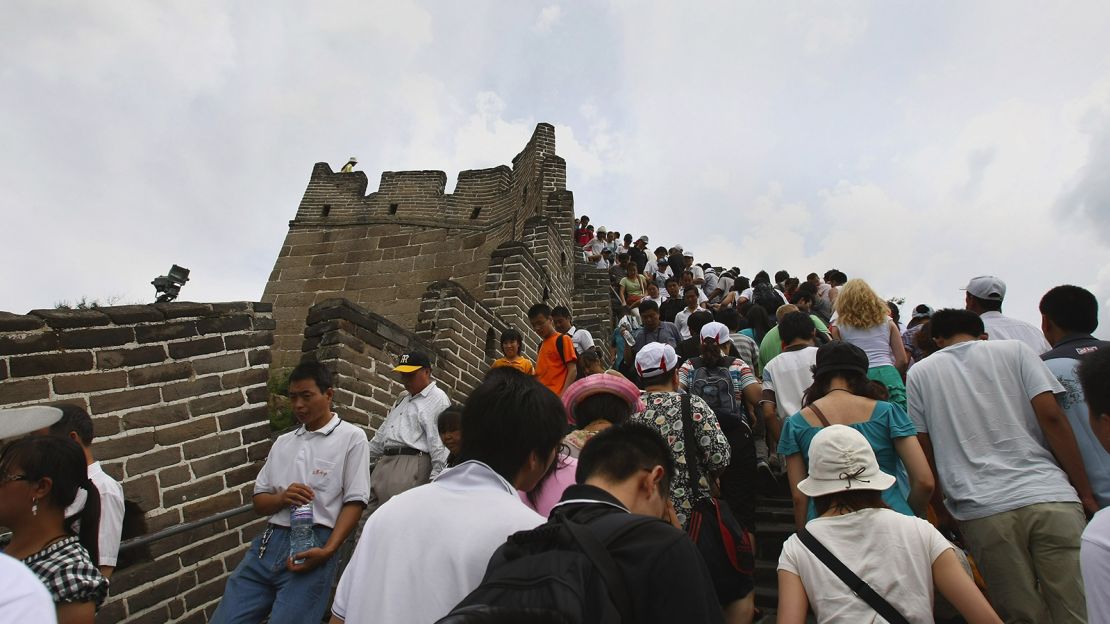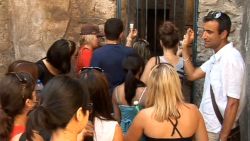If rubbing shoulders with thousands of other tourists isn’t your thing, avoid the Badaling section of the Great Wall – especially during holiday seasons.
Located just outside Beijing, it’s the most popular section of the Great Wall and notoriously overcrowded with both local and international tourists.
But that may soon change, with authorities in Badaling announcing they’ve decide to implement a new daily quota of 65,000 visitors, starting from June 1.
“The number of tourists visiting the Badaling Great Wall Scenic Area is enormous,” Chen Fei, deputy director of the Badaling District Office, told Radio Beijing Corporation.
“About 10 million visitors came to Badaling last year.”
Although 10 million is around the population of Sweden or Austria, it averages out to about 27,000 visitors per day – much lower than the new limit. The problem, however, lies in the unbalanced distribution of that number.
“Visitor numbers during weekdays and holidays varies largely,” Chen was quoted as saying. “[Badaling] recorded a maximum of 100,000 visitors on one day while weekday visitor numbers average around 10,000 per day. The number can be only a few thousand visitors during the off-season.”

New ticketing and warning systems
In addition to the quota there is a new online ticketing system – both on Badaling’s official website as well as its official Wechat page.
Admission tickets have to be purchased under each individual traveler’s name, up to seven days in advance.
There will also be a three-grade warning system to indicate the congestion level of the Badaling section of the Great Wall. Various crowd control procedures will be deployed when each of the signals is hoisted.
The yellow warning signal is flagged when visitor numbers reach 39,000 in one day; the orange warning signal is issued when there are 52,000 visitors on the wall; and the red signal is flagged when the wall has hit full capacity – 65,000 visitors.
1.1 square meters per visitor

The new limit is a long overdue response to a national guideline issued in 2015, which suggests the optimal capacity for a variety of China’s tourism sites. The Badaling Great Wall, for example, should be able to reserve one to 1.1 square meters for each visitor.
The new quota aims to improve the safety of visitors and the protection of the tourist sites.
Other Chinese destinations like the Three Gorges Dam and Beijing’s Palace Museum have also adopted these guidelines and implemented visitor limits.
While the new limit may have eased the congestion during the major holiday seasons, travelers who want to take in the view of the Great Wall may still be better off planning their visits during off-season (November to March, excluding the Chinese New Year Holiday) or venturing to some lesser-known sections of the Great Wall.













